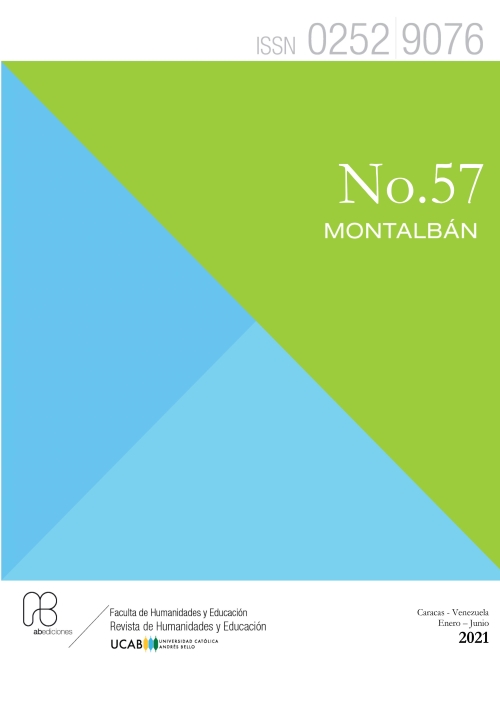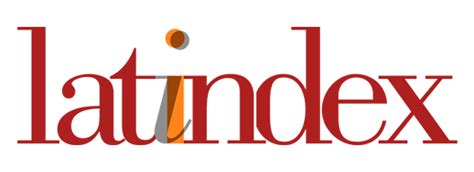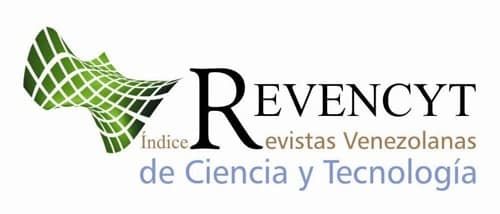The devotion to Our Lady of Coromoto de Naiguata
DOI:
https://doi.org/10.62876/rm.v1i57.4852Keywords:
Abstract
News from the discovery of an inventory
This work addresses devotion to Our Lady of Coromoto de Naiguata, revered for at least 250 years in the coastal town of the same name of the state La Guaira.
To carry out this study the heuristic process focused on the Archdiocesan Museum of Caracas. The visits allowed us to find uns studied primary sources that provided useful data to clarify the origins of devotion. It is the discovery of the inventory of the church of Naiguatá that Bishop Mariano Martí raised when he visited it on December 16, 1772. This document was not included in the volumes of the extensive pastoral visit published in 1928 by the publishing house Sur América or in the later editions produced by the National Academy of History.
The collection of these primary sources is joined by the research cycle in the newspaper library of the aforementioned academy. News of the newspaper La Religión of the first decades of the twentieth century allows us to know how the cult evolved.
Reference sources such as the works published by Brother Nectario María and the contributions of various collaborators belonging to the society of our Lady of Coromoto de Naiguatá represent contributions of value when interpreting the compiled data. At the end of this study is the transcription of the inventory signed by Martí, a contribution for those interested in the document in the future.
Keywords: Cult, devotion, Our Lady of Coromoto de Naiguatá, Naiguatá, Bishop Mariano Martí, relic.
Downloads
References
El Papa Pablo V asigna a la sede de Coro a Fray Gonzalo de Angulo (1616-1633), un franciscano perteneciente a la orden de Nuestra Señora Victoria Mínimos.
Álvaro García Castro “Apéndice 1. Centros Poblados” en Diccionario de Historia de Venezuela, Tomo IV, Fundación Empresas Polar, Caracas, 1999, p. 416.
La Orden de san Francisco, comunidad de Frailes Menores inspirados por el ideario de san Francisco de Asís, fue la primera en llegar al Nuevo Mundo acompañando a Cristóbal Colón en su segundo viaje. A las costas y oriente de Venezuela debieron arribar entre 1512-1515, tiempo después también estuvieron presentes en el occidente.Desde 1526, a partir de las ordenanzas de Granada, los franciscanos comenzaron a trabajar en el oriente de Venezuela. A la provincia de Venezuela arribaron en 1576 y erigieron ese mismo año conventos en Caracas y Trujillo. Luego seguirían las fundaciones en Carora, Barquisimeto, Margarita, Trinidad, Guayana, Maracaibo y Coro, Valencia, Cumaná y Guanare. De igual manera edificaron algunas residencias en La Victoria, La Guaira y San Felipe.
Es decir que los hacían cristianos al administrarles los sacramentos, la catequesis y demás actividades espirituales.
Lino Gómez Canedo, La provincia franciscana de Santa Cruz de Caracas, tomo I, Fuentes para la Historia Colonial de Venezuela, N.121, Biblioteca de la Academia Nacional de la Historia, Caracas, 1974, p. 116.
Tulio Chiossone, Diccionario Toponímico de Venezuela. Biblioteca de autores y temas tachirenses, No. 100, Litografía Melvin, Caracas, 1992, p. 289.
Ramón Armando Rodríguez, Diccionario Biográfico, Geográfico e Histórico de Venezuela, Madrid, 1957, p. 515.
También indica este autor que “Naiguatá o Naiguatar era el nombre de un cacique indio que tenía su asiento en la región del mismo nombre, uno de los más poderosos jefes aborígenes de las costas del litoral guaireño, hijo de un hermano del cacique Charaima,abuelo de doña Isabel, mujer de raza blanca, madre de Francisco Fajardo: parentesco que animó a este a emprender de su sola cuenta emprender la conquista de los caracas”.9Marco Aurelio Vila, Antecedentes Coloniales de Centros Poblados de Venezuela.Universidad Central de Venezuela, Caracas, 1978, p. 207.
Downloads
Published
Versions
- 2022-10-04 (2)
- 2021-05-15 (1)





